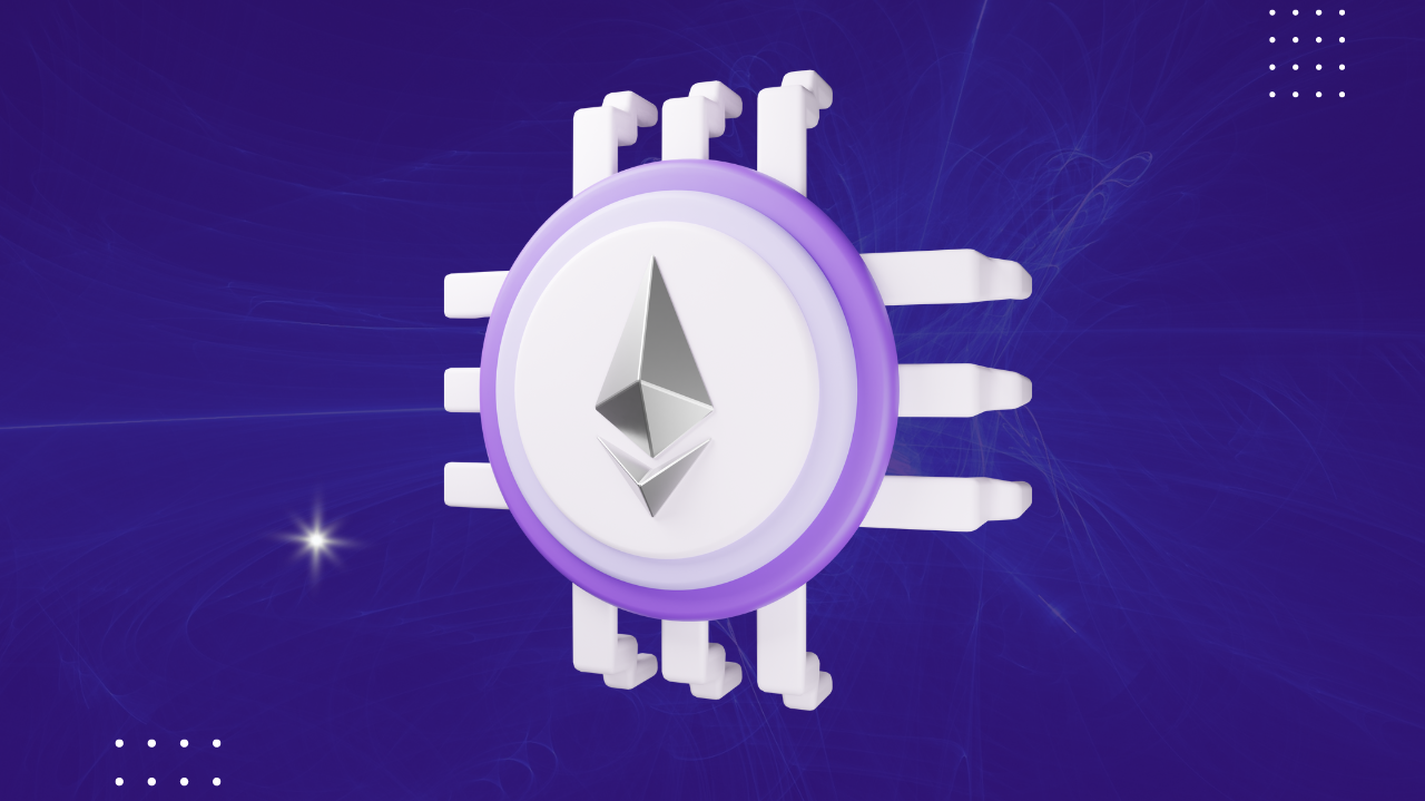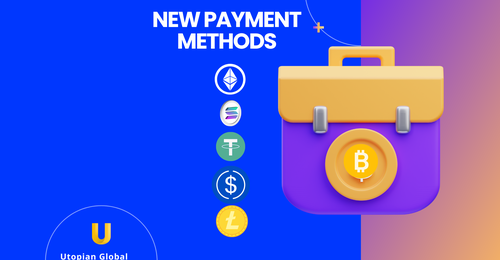
What is the Ethereum Merge and why does it matter?
Looking to own 99.99% pure, LBMA-certified gold? Sign up with Utopian Global to purchase the Wealth of Kings today!
On the 15th of September, Ethereum implemented an important change to their system; the cryptocurrency has finally transitioned to a proof-of-stake system from its traditional proof-of-work system.
Source: Unsplash
The move has been popularly called “The Merge” because it was accomplished by joining the original execution layer of Ethereum (Mainnet) with the new proof-of-stake consensus layer (the Beacon Chain).
The Beacon Chain responsible for The Merge is only two years old.
It was created on the 1st of December and has been running parallel to the Mainnet ever since.
While this change doesn’t do anything for Ethereum owners (at least not right now), the proof-of-stake system will cut 99.95% of energy required to run the system.
What’s the difference between proof-of-work and proof-of-stake?
The main difference between proof-of-work and proof-of-stake lies in the way transaction blocks are formed.
Previously, the proof-of-work system had miners compete with each other to form blocks in the Ethereum blockchain by using their computers' processing power.
Miners who could solve the complex mathematical problems required to form a block would receive their rewards in ETH, but only if they were the first to do it.
The issue with this method lay in its energy costs to miners and the Ethereum system too.
Since computing power was required to form blocks, Miners who had to be successful needed to use as many CPUs and GPUs as they could afford.
The recently implemented proof-of-stake solved this problem by using network validators instead.
Now, blocks will be formed by selecting users who have staked the required amount of 32 ETH.
The selection process is random and these users are called network validators.
However, the amount that will be dispensed as a reward for forming a block has reduced considerably.
Miners (as a whole) used to earn a total of approx 13,000 ETH per day.
Now network validators (as a whole) can expect to earn approx 1,600 ETH per day.
What does this change mean for owners of Ethereum?
If you’re an owner of Ethereum, the move to a proof-of-stake system won’t affect you much.
Transaction fees will remain the same and transaction speeds haven’t improved by much.
The time required to form a block under Proof-of-Stake is fixed at 12 seconds, a slight improvement from the previous 13-14 seconds.
Source: Unsplash
Ethereum has more changes planned such as the “Shanghai Upgrade” which will allow stakers to withdraw their ETH.
If there have been any hopes that the proof-of-stake upgrade will improve the price of Ethereum, investors will have to wait.
The price of Ethereum has been dropping since the 15th of September – the day proof-of-stake was implemented – and is currently fixed at $1329 per ETH.
This article is sourced from the following links:
What Is the Ethereum Merge? How Will It Affect Crypto Prices? | Money
Ethereum Merge (investopedia.com)
What the Ethereum Merge Means for Ordinary Users—And What It Doesn’t - Decrypt



